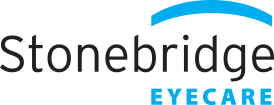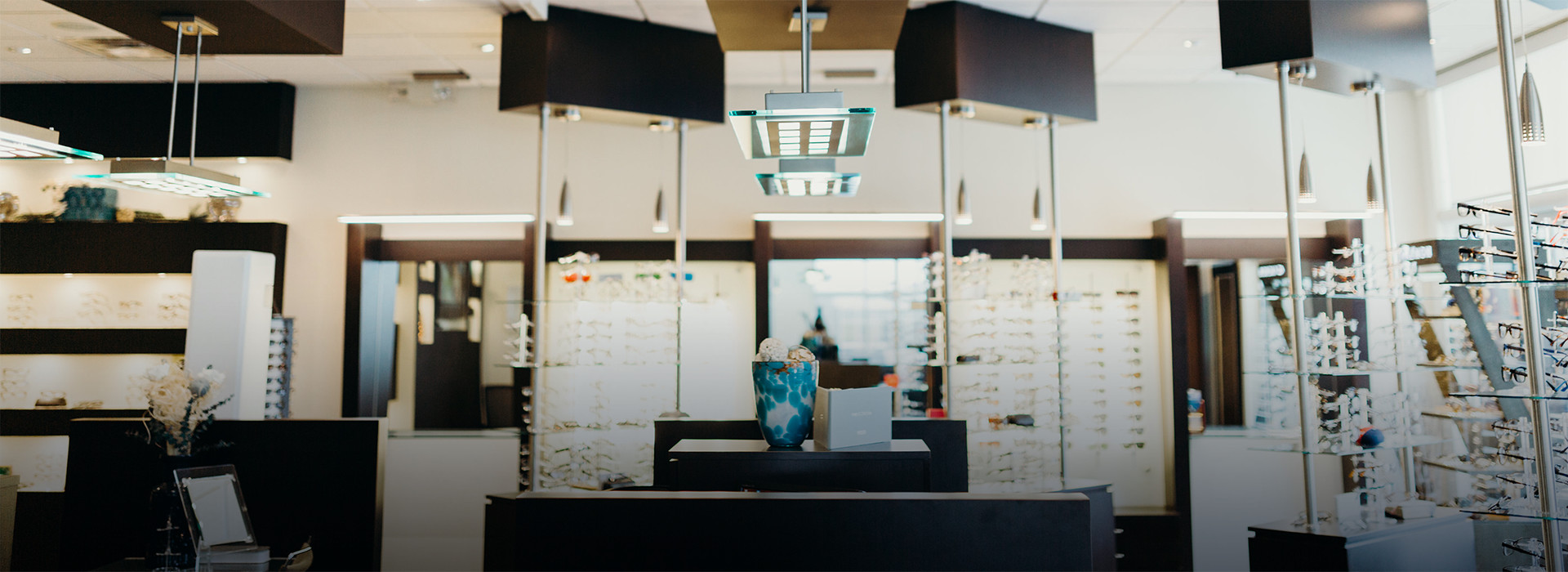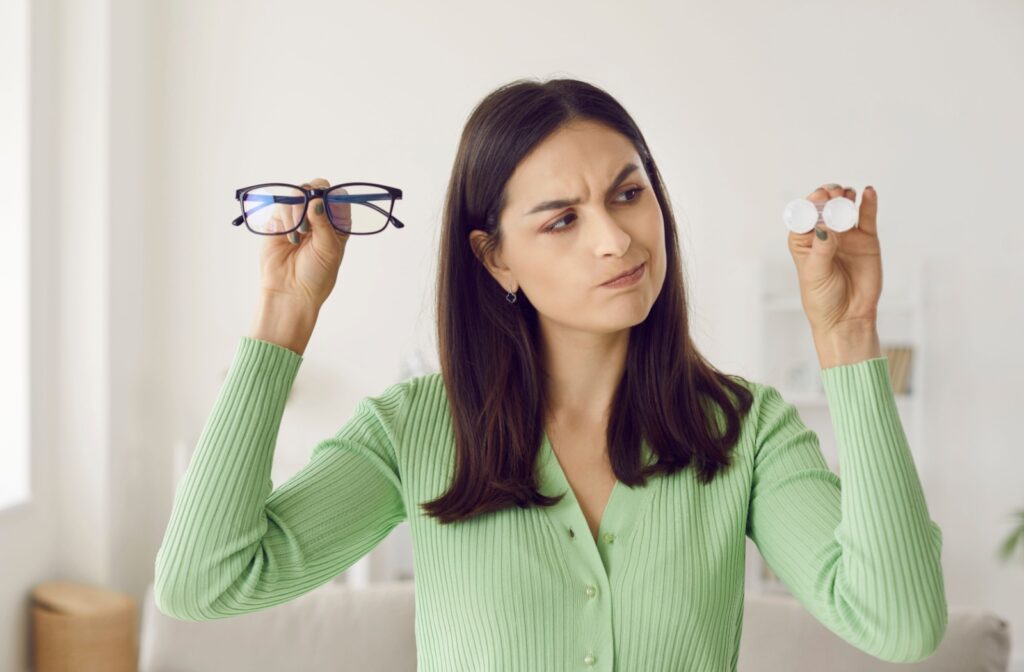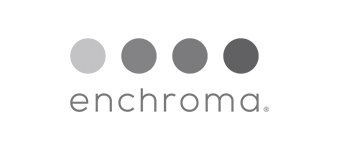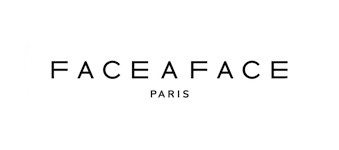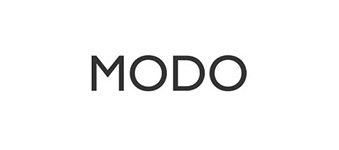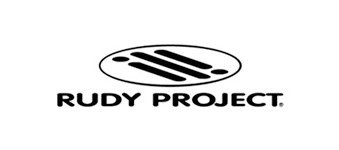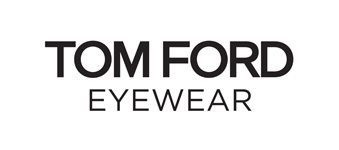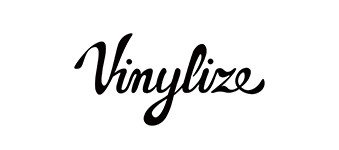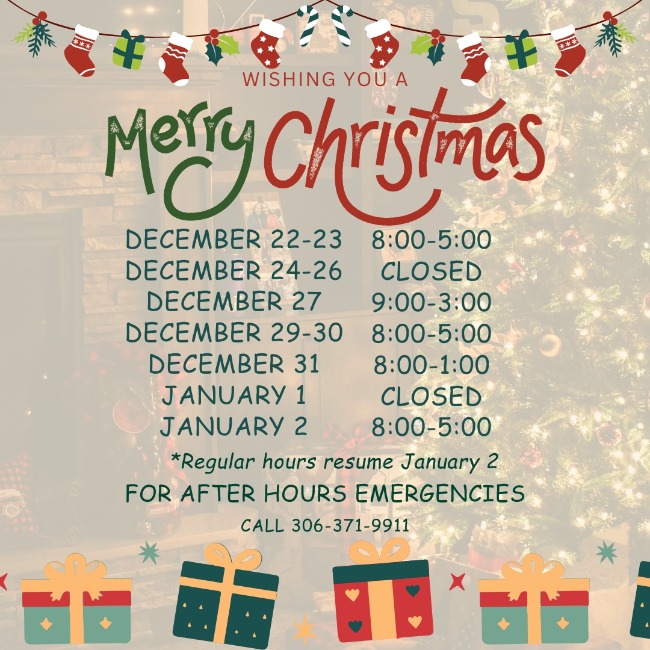In today’s fast-paced world, clear vision can greatly impact how we experience daily life. From reading the fine print on a smartphone to noticing the vibrant colours of a sunset, having the right prescription for your eyewear is essential.
If you’ve considered switching from glasses to contact lenses, you may be wondering about potential differences in prescriptions. In fact, glasses and contact lens prescriptions are not the same. So while you can’t simply pick up a pack of contact lenses using your current prescription, your optometrist can help you make the move.
The Difference Between Glasses & Contact Lens Prescriptions
Glasses sit about 1.5 centimetres away from your eyes. On the other hand, contact lenses sit directly on the eye’s surface, matching up perfectly with the cornea. This difference affects the power needed for vision correction, causing prescriptions to differ.
Due to their distance from the eye, glasses often need a slightly stronger prescription, while contact lenses require a weaker one. Choosing between glasses and contacts often comes down to what fits your lifestyle, comfort, and vision needs best!
Key Elements of Each Prescription
Your prescription may seem like a random collection of numbers and letters, but this number paints a picture of your vision. You may first notice the designations O.D. and O.S., which refer to your right and left eye, respectively. After that, we get into the specifics:
- Sphere (SPH): Both glasses and contact prescriptions include a sphere value, indicating the lens power in diopters needed to correct your vision. This value is a number preceded by either a minus sign (-) for nearsightedness or a plus sign (+) for farsightedness. For example, -1.00 means you need 1 diopter of strength to correct your nearsightedness.
- Cylinder (CYL) and Axis: These values are what your lenses need to correct astigmatism. Cylinder refers to the amount of astigmatism, while axis is a number between 1 to 180 that says which direction it lies.
- Additional Measurements for Contacts: Contact lens prescriptions require additional specifications, such as the base curve and diameter, which indicate how the lens should fit on your eye. Base curve helps conform to the shape of your eye while the diameter is simply how big your lens should be, typically from 13–15mm.
What to Consider for Contact Prescriptions
While contacts offer many benefits, making the switch from eyeglasses takes some consideration both from you and your optometrist. Whether it’s determining your prescription or picking what type of lens is best for you, several factors inform the differences between glasses and contact lens prescriptions:
- Distance from the eyes: The distance between your glasses and the eye affects your prescription. Contacts eliminate this gap, changing how the lens corrects your vision.
- Lens material and design: Contacts are made from various materials that fit your eye’s shapes in different ways. These materials and designs could alter the prescription strength you need for clarity.
- Eye health considerations: Fitting contact lenses requires that care be taken to prioritize comfort and eye health and prevent irritation.
How An Optometrist Measures Your Eye for Contacts
Getting a contact lens fitting is a personalized journey that starts with a thorough eye exam, much like you’d get if you were opting for glasses. Here, we not only check your vision but also look deeper into your eye health.
We also take some measurements that are particular to contact lenses. First up, we use a keratometer to measure your cornea’s curve, so the lenses fit well and feel comfy. We’ll also look at your pupil and iris size in order to find the lens with the best fit.
Dry eyes can affect how you wear contact lenses, as contact lenses can sometimes worsen this condition. That’s why we may do a quick tear film check to see how hydrated your eyes are and to find the right lens material. All these steps are meant to get you lenses that not only correct your vision but also match your eye’s unique structure, keeping everything in top shape!
How to Transition Between Glasses and Contacts
If you’re thinking about transitioning from glasses to contact lenses, consider these steps:
- Consult an optometrist: Schedule a comprehensive eye exam with your optometrist to discuss your vision needs and ensure you have an accurate prescription.
- Choose your type of lens: Different contacts can address different concerns, so your optometrist may recommend daily disposables, toric lenses, multifocals, hybrid lenses, or scleral lenses.
- Trial and adaptation: Your optometrist may provide trial lenses to help you adjust to contacts so you can receive the correct fit.
- Follow care instructions: Proper contact lens care is essential to maintaining eye health. Follow your optometrist’s guidance on cleaning and storing lenses.
Enjoy the World of Contact Lenses
Moving from glasses to contact lenses can significantly impact your vision and daily life. It’s a big decision, and you have support! At Stonebridge Eyecare, we’re dedicated to providing personalized care and guidance to help you find what fits your vision needs.
Ready to see clearly and comfortably? Book an appointment with us today to explore your options and discover the benefits contact lenses offer!
